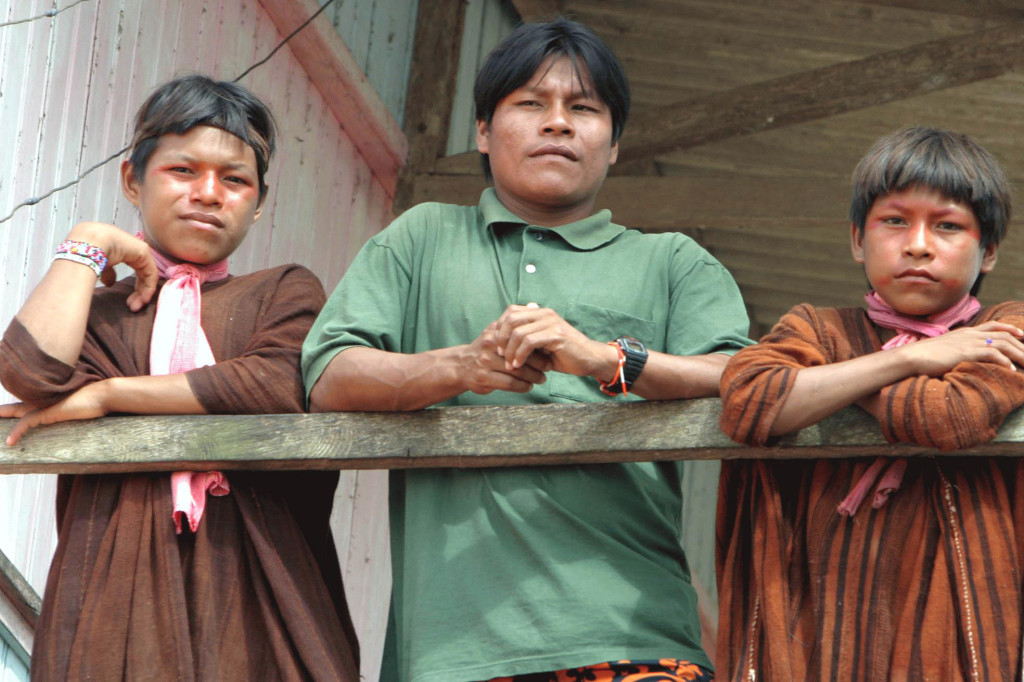Peru's Water Crisis Continues
The Peruvian Ministry of Health placed the region of Ucayali under a state of emergency in March in response to mass contamination of drinking water. Currently, over a quarter of the region’s population lacks access to clean water. Wálter Dyer Ampudia from the Regional Directorate of Housing, Construction, and Sanitation attributed the contamination to a maintenance failure in a rural pipe system which caused a toxic amount of human waste to seep into drinking water lines. The contaminated water affected over 125,000 people, representing one-fourth of Ucayali’s general population and 99 percent of its rural inhabitants. The contamination has caused some administrators to worry about deeper structural concerns. Maintaining pipelines is a responsibility delegated to municipalities, and the mass failure to properly maintain them suggests the possibility of future incidents. At present, there have been no calls for inquiry into possible mismanagement resembling the proceedings in Flint, Michigan.
Another water contamination episode in northern in mid-March lends further weight to the administrators’ concerns. On March 12, the Director General of Environmental Health declared a 90-day state of emergency in the Santa Rosa de Serjali community after toxic levels of mercury were found in the water supply.

This contamination exposed 350 people from the Nahua community, 79 percent of the group’s population, to mercury poisoning. Most of the exposed were children and some were reported to have died of complications relating to the incident. A specific concern has been the welfare Nahua people. Considered an ‘initial contact’ people, the Nahua only occasionally interact with the outside world and have been identified as a vulnerable population. What effect the mercury-laced water will have on the population’s long-term survival has not yet been determined.
This string of contamination episodes highlights a larger water crisis looming over Peru. Some regions, like Ucayali, are saturated with water and face frequent floods. However, a lack of effective plumbing has left half of the population unconnected to the public water utility network. The inefficiency also prevents water-rich regions from quenching the thirst of the water-starved regions along the coast.
Ironically, Peru’s coastal settlements face near constant drought. Situated in dry mountainous deserts, Peru’s coast habitually lacks consistent water supplies. Lima falls among the Peruvian cities that face this curse of geography.
Second only to Cairo as the world’s largest desert city, Lima’s population of 10 million and counting represents a third of the country. Lima also faces one of the country’s largest water deficits, as hundreds of thousands of its citizens live without running water. Fernando Momiy, president of Peru’s national water regulator Sunass, succinctly summarized the city’s current predicament: “Lima is a desert city which keeps growing and in five years there will be another 700,000 inhabitants who will need water.”
Necessity has spurred innovation as the local government has begun refurbishing old Incan pipes to increase water flow to the city. At the national level, the government has begun a campaign to promote a sustainable water culture and has started investigating means of recycling industrial water waste into drinking water. For now, however, these solutions remain unimplemented as the specter of the politicization of water management has already risen. With a tense presidential election taking place in April, it will fall to the incoming leadership to develop a path to a fully hydrated Peru.
From the regional to the national level, Peru is facing a water crisis. Contaminated where abundant and scarce where badly needed, Peru — and other desert population centers — face looming water shortages and must begin implementing serious water reforms now if they wish to prevent economic and humanitarian disaster. With climate change making previously unpredictable weather predictable, Peru needs to ensure that the safety and supply of its water are reliable as well.
